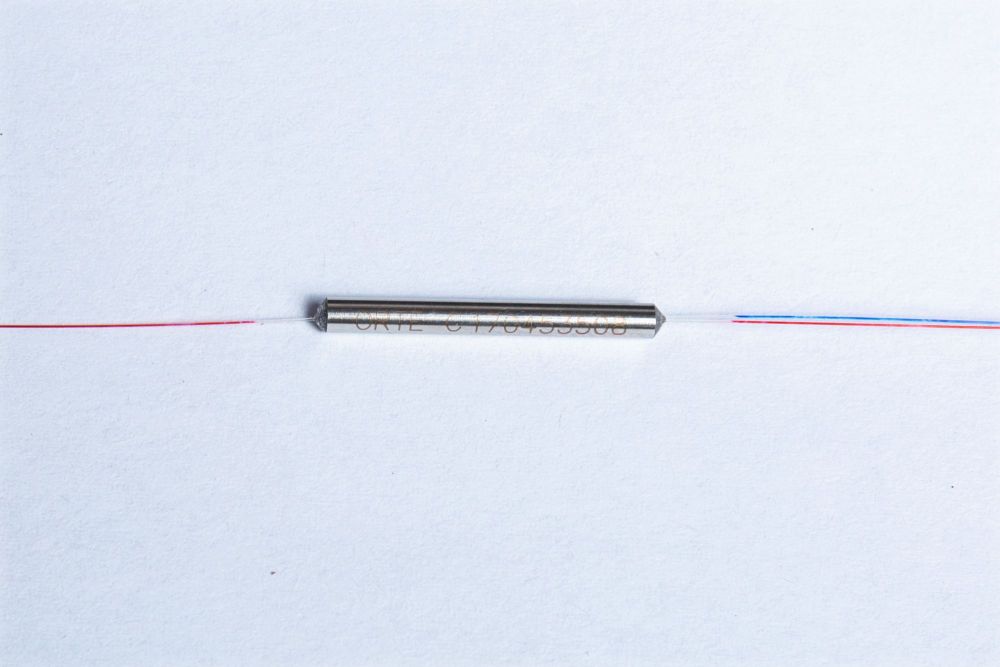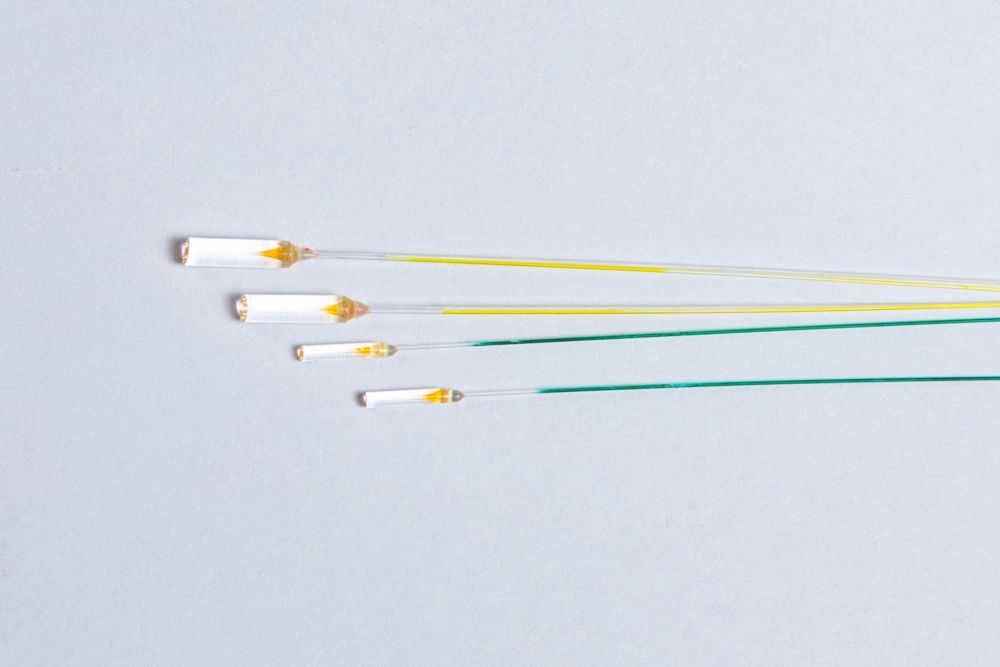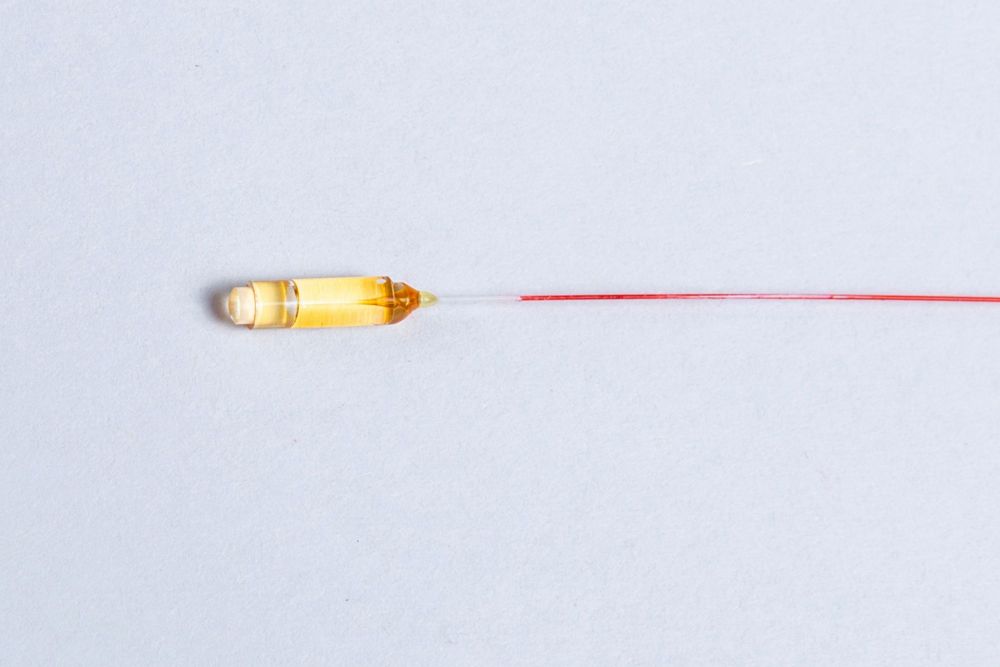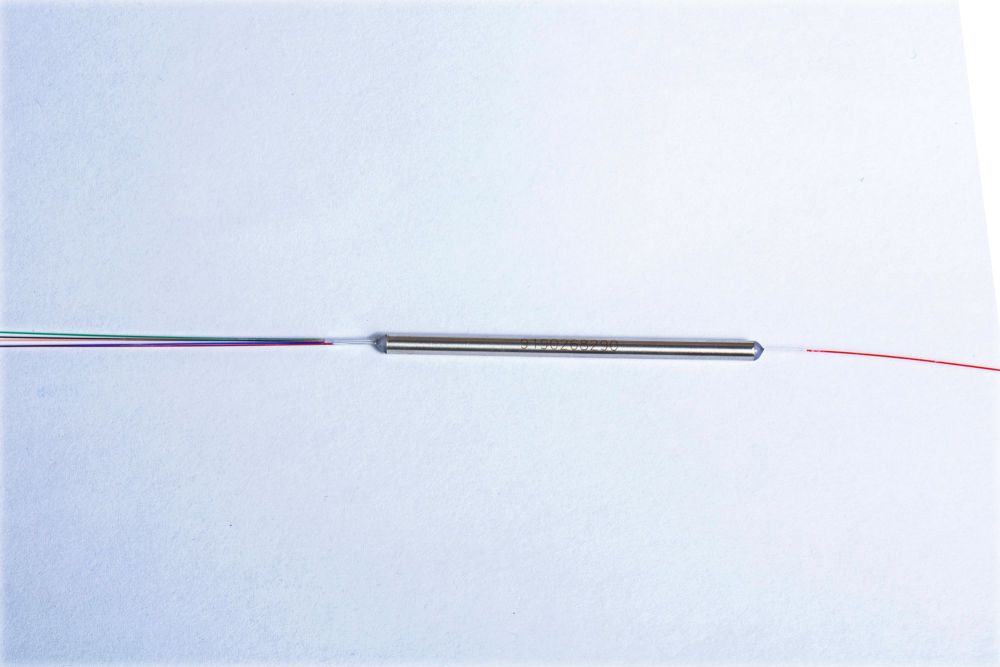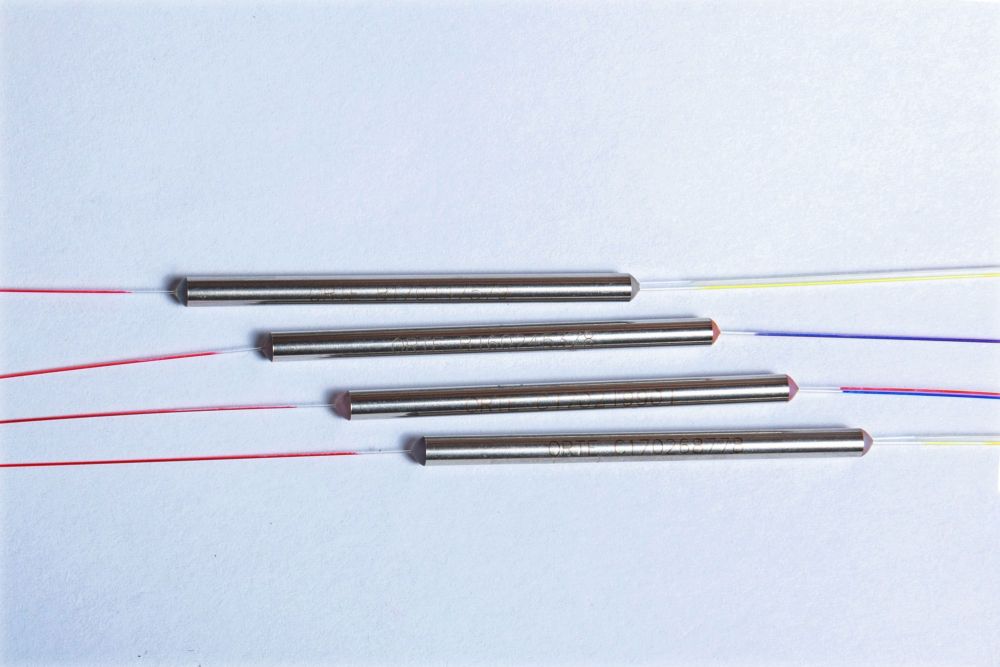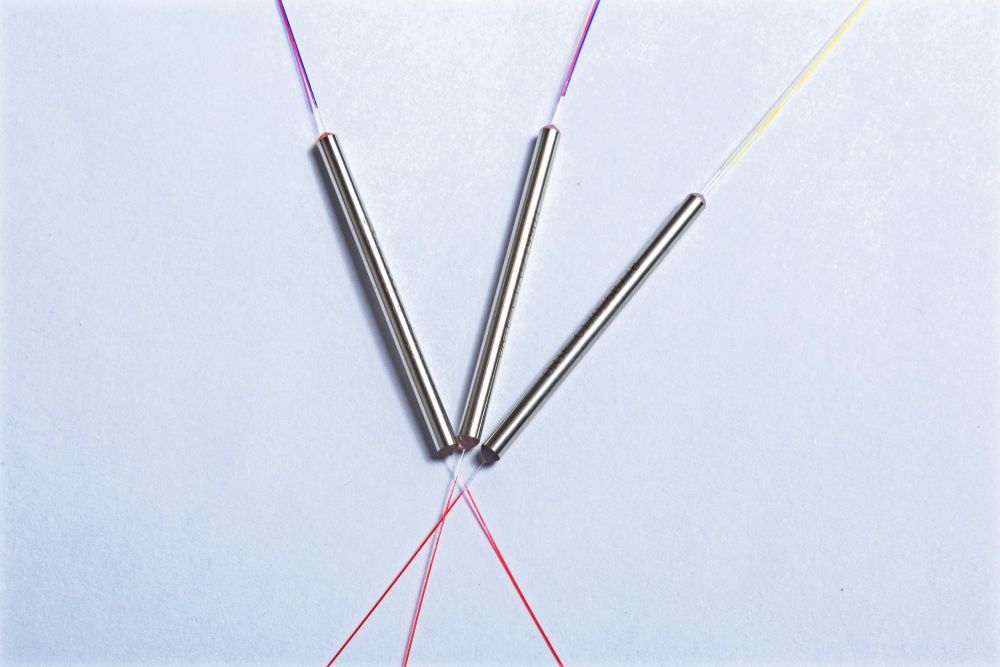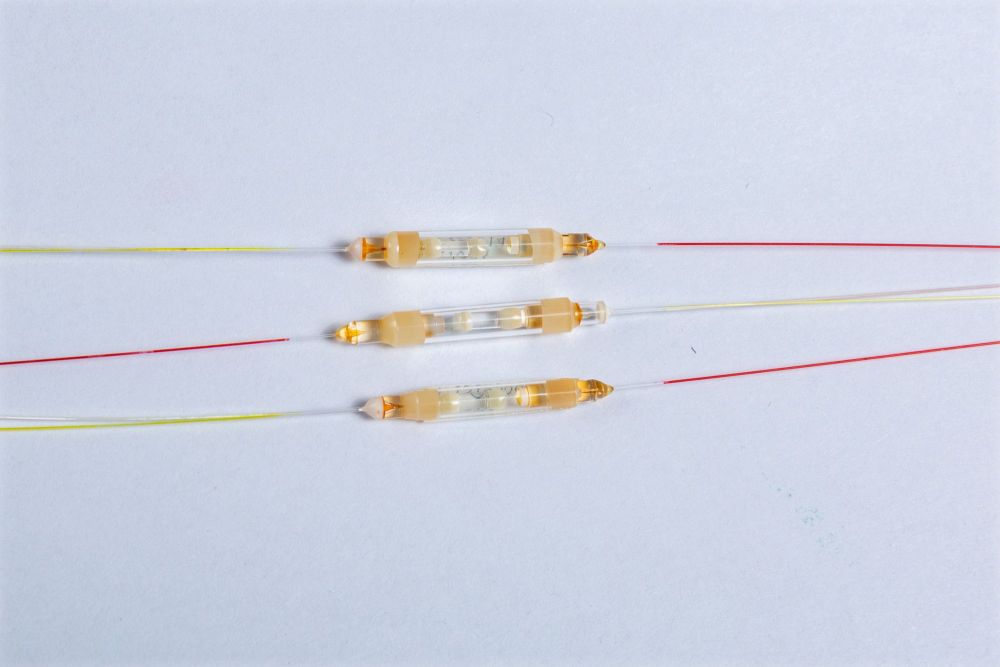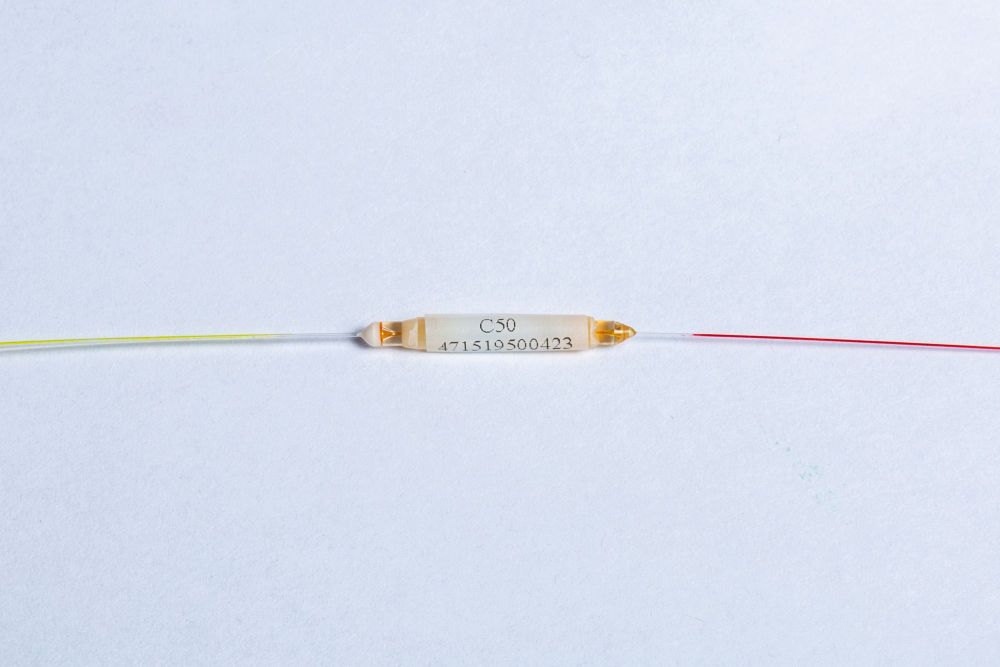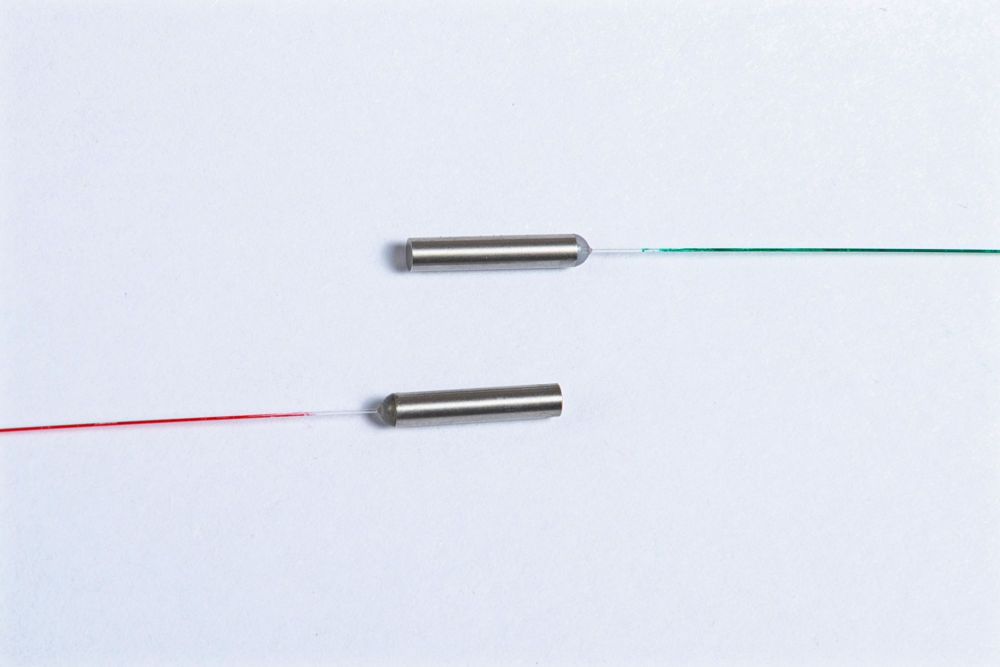Erbium-Doped Fiber Amplifier (EDFA)
Erbium-Doped Fiber Amplifier (EDFA) is an optical amplifier used in the C-band and L-band, where loss of telecom optical fibers becomes lowest in the entire optical communication bands. Invented in 1987 [1], EDFA is now most commonly used to compensate the loss of an optical fiber in long-distance optical communication. Another important characteristic is that EDFA can amplify multiple optical signals simultaneously, and thus can be easily combined with WDM technology.

Figure 1: Optical telecommunication optical bands (EDFA operates in the C- and L-band).
EDFAs are used as a booster, inline, and pre-amplifier in an optical transmission line, as schematically shown in Figure 2. The booster amplifier is placed just after the transmitter to increase the optical power launched to the transmission line. The inline amplifiers are placed in the transmission line, compensating the attenuation induced by the optical fiber. The pre-amplifier is placed just before the receiver, such that sufficient optical power is launched to the receiver. A typical distance between each of the EDFAs is several tens of kilometers.
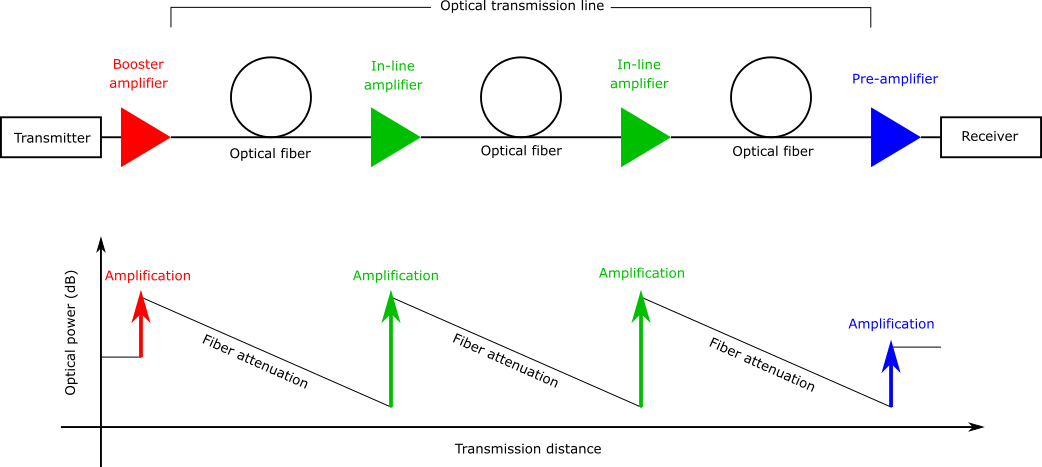
Figure 2: Booster, inline, and pre-amplifier EDFAs used in optical transmission line.
Before the invention of EDFA, a long optical fiber transmission line required a complicated optical-to-electrical (O-E) and E-O converter for signal regeneration. The use of EDFA has eliminated the need for such O-E and E-O conversion, significantly simplifying the system. This is especially of use in a submarine optical transmission, where more than a hundred EDFA repeaters may be needed to construct one link. The TPC-5CN (Trans-Pacific Cable 5 Cable Network), started its operation in 1996, is the first submarine optical fiber network which employed EDFA.
Working principle
Figure 3 illustrates a simplified energy diagram of Er, showing how amplification takes place at 1550 nm. Two typical wavelengths to pump an EDFA are 980 or 1480 nm.

Figure 3: Energy diagram of Erbium.
When an EDFA is pumped at 1480 nm, Er ion doped in the fiber absorbs the pump light and is excited to an excited state (Excited state 1 in Figure 3). When sufficient pump power is launched to the fiber and population inversion is created between the ground state and Excited state 1, amplification by stimulated emission takes place at around 1550 nm. When an EDFA is pumped at 980 nm, Er ion absorbs the pump light and is excited to another excited state (Excited state 2 in Figure 3). The lifetime of the Excited state 2 is relatively short, and as a result, the Er ion is immediately relaxed to the Excited state 1 by radiating heat (i.e. no photon emission). This relaxation process creates a population inversion between the ground level and Excited state 1, and amplification takes place at around 1550 nm.
Since the first demonstration of a diode-pumped EDFA in 1989 [2], intensive effort has been made to make the pump LD highly reliable. Now high-power pump laser diodes at 980 nm or 1480 nm are both commercially available, and most EDFAs are pumped by laser diodes due to the compactness and robustness.
Internal configuration
Figure 4 shows one common configuration of EDFA. The input signal is combined with the pump light by a WDM coupler and launched to the EDF. The pump light launched to the EDF creates population inversion and the input signal is amplified by stimulated emission. Isolators are placed both at the input and output, in order to stabilize signal amplification by eliminating unwanted back reflection from the output port, as well as to prevent the amplifier from operating as a laser. In this common configuration, the wavelength of the pump LD is locked close to the peak absorption wavelength of erbium (by an external fiber Bragg grating); the wavelength range is normally between 974 nm to 980 nm.

Figure 4: Common configuration of EDFA.

